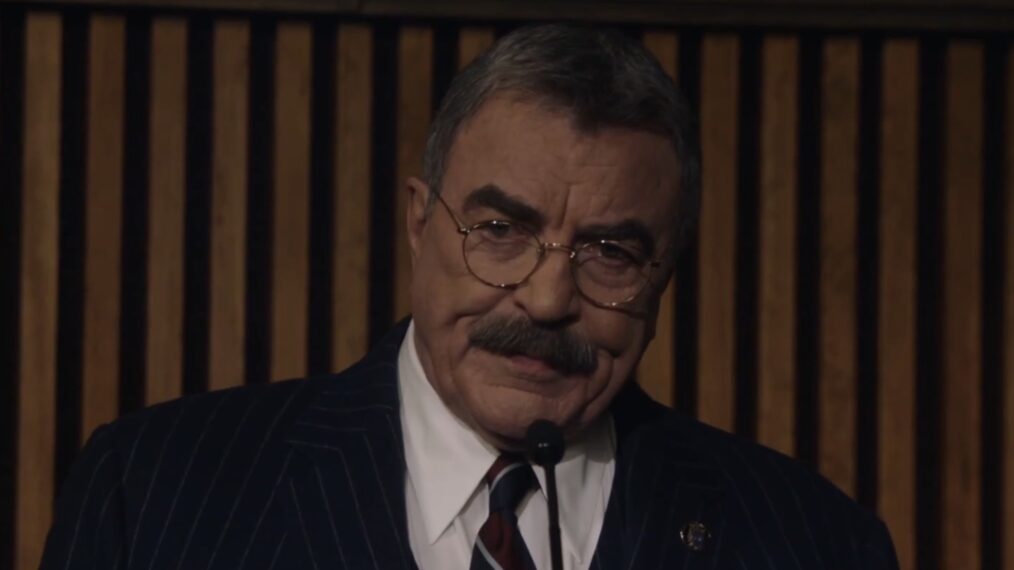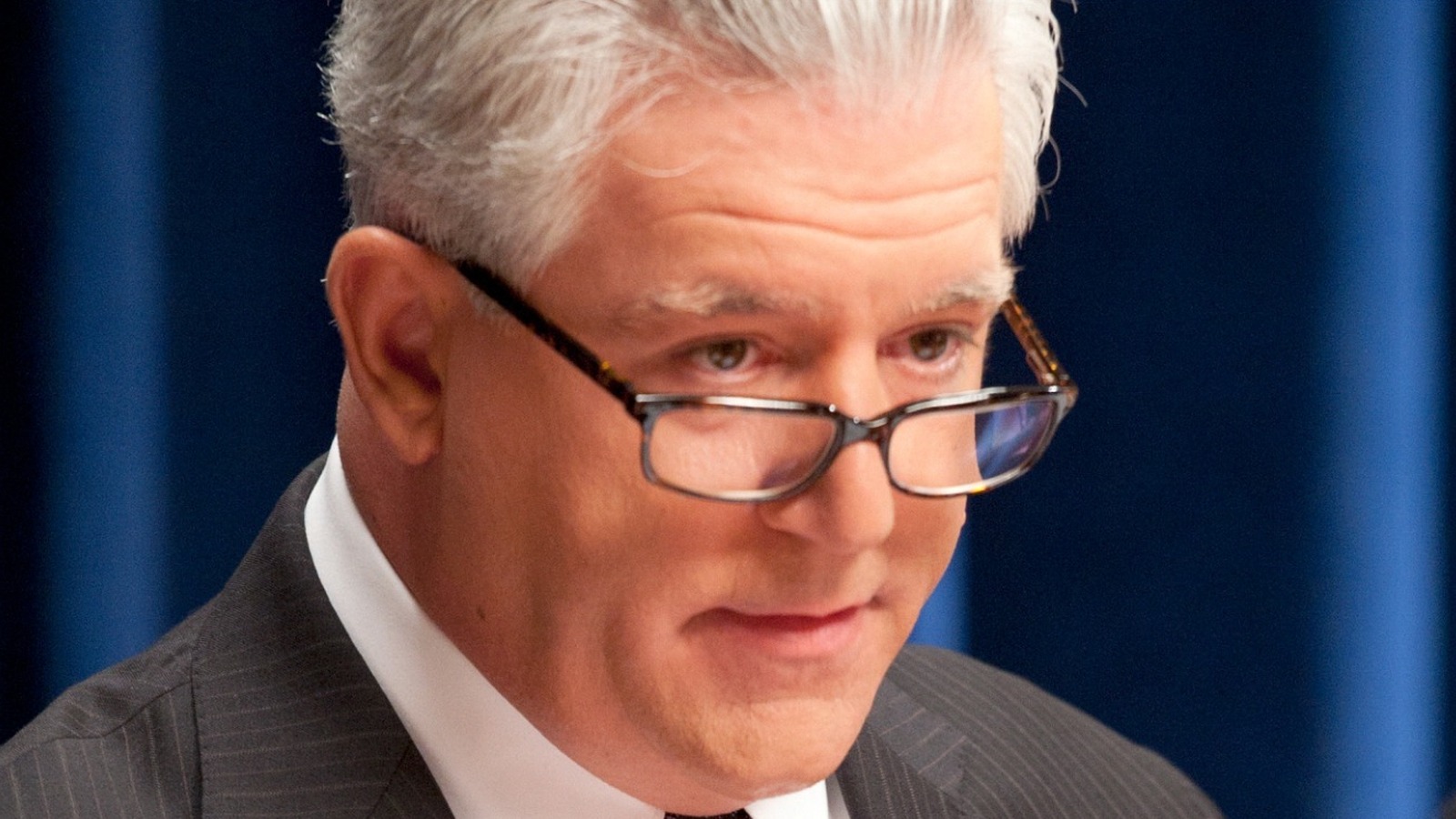Nev
Registered

ÞEKSIAN CONGRESS FAILS TO PASS JARNHOLL REBUILDING BILL AGAIN AMID POLITICAL DEADLOCK
By Adrien Lentz
Ástinn, Þeksmark, 02 Aug 2024 (IAP) – A congressional motion to fund the reconstruction of Jarnholl, once the industrial core and former capital of Þeksmark, failed again this week after opposition lawmakers from the so-called “Ranch Belt” blocked the bill, deepening the ongoing national divide and raising new concerns over the future of the confederation.
Jarnholl, now a symbol of postwar neglect, has languished in urban decay since the fall of the Syndicalist regime. The city, once home to over 1 million residents, the only other city in Þeksmark to have a million people living in it, was a hub for steel, rail, and heavy machinery. It was devastated during the end of the Syndicalist government nearly two decades ago.
Though humanitarian and reconstruction aid from several nations such as the Imperium Suavidici, Sutherland, Waltalriche, and the Stadt has flowed into Þeksmark’s national budget over the years, Jarnholl’s recovery has stalled amid political gridlock. According to the Þekskarl Census Bureau, the city’s population has plummeted by over 65% since the war’s end, with projections suggesting full abandonment by 2045 if no major intervention occurs.
"Revival of Syndicalism"
The latest proposal to fund a comprehensive urban renewal package was introduced by Federalist lawmakers, mostly representing the northern industrial states, including New Harrowgate and Norswickglen. The bill would have allocated 68 billion Þekskmarks to rebuild critical infrastructure and restore housing in Jarnholl, with an emphasis on public sector employment and municipal revitalization programs.
However, the bill was defeated after lawmakers from the Great Plains states—informally referred to as the “Ranch Belt”—voted as a bloc against the measure. Many representatives from the agrarian interior argued that the plan would disproportionately benefit the north and potentially reintroduce centralist economic controls reminiscent of the Syndicalist era.
“This isn’t just about rebuilding bricks and steel,” said Rep. Harland Reeve (N–Westholdt). “It’s about stopping the creeping return of the same centralized state planning that brought this nation to the brink before.”
The Ranch Belt coalition, which has grown more assertive in recent years, views the Federalist agenda with suspicion, accusing the party of using reconstruction as a political vehicle to re-entrench bureaucratic influence and funnel resources to historically Federalist strongholds.
Urban Collapse and Political Fallout
In Jarnholl itself, the consequences of legislative inaction are increasingly visible. Abandoned tenements, collapsing factories, and a gutted rail yard stretch for kilometers through what was once a thriving industrial capital. Many of the city’s remaining residents have relocated to satellite suburbs or have left the state entirely. Job loss and depopulation have driven down property values, and basic services are intermittent at best.“The people here have been left behind by every government since the war,” said Liene Mørdal, a community organizer in the city’s southern quarter. “The aid money came. But it never came here.”
As frustrations mount, protests in the de facto capital of Ástinn have turned violent in recent days, with demonstrators clashing with security forces outside the Þeksmark State Capital. While officially centered on labor disputes and fuel pricing, analysts say the protests reflect deeper disillusionment with the Federalist-led government’s failure to unite the country’s divided regions.
Secession Talk Surfaces
More alarming for national unity are emerging signs of dissatisfaction within the northern Federalist bloc itself. Lawmakers from New Harrowgate, Vinladr, Norswickglen, and Kressholt—states with historical ties to the former Eiygerland colonial administration and latecomers to the Þeksmark declaration of independence—have reportedly begun to discuss secession in closed-door meetings.Multiple sources inside the State Capital confirmed that quiet conversations about the viability of continued union are taking place “with increasing frequency,” though no formal motions have been introduced.
“The union made sense when we believed in shared progress,” said one northern delegate who requested anonymity. “But when the rest of the country sees our collapse and refuses to help—we have to ask why we’re still here.”
The central government has not commented on these reports, though internal security agencies have increased monitoring of regional party caucuses and communication networks within Congress.
With no new rebuilding bill scheduled for debate and nationwide elections looming next spring, analysts warn that the political fracture lines exposed by Jarnholl’s fate could harden into permanent division.
Foreign Pact Under Review as Unrest Escalates
Amid growing protests and political paralysis, the Federalist-led government is reportedly weighing the extraordinary step of invoking military support from the Imperium Suavidici, its closest foreign ally under the terms of the Nuova Marcium Agreement—a strategic military and economic alliance signed in 2014, following the fall of the Syndicalist-government.The agreement, named after the Suavidici port city where it was formalized, provides for mutual defense, joint intelligence-sharing, and the possible deployment of Suavidici forces in defense of Þeksmark’s sovereignty. At the time, the pact was seen as a bulwark against the aggressive politicking from Scalvia, South Ethian, and Eiygland.
In exchange for favorable basing rights and access to deepwater ports in the Þeksmarkic north, Suavidici pledged both conventional military assistance and advanced equipment transfers, solidifying Þeksmark’s security posture during the volatile postwar reconstruction.
But with social unrest now surging internally, the Nuova Marcium Agreement may soon be tested in a new context. Three senior officials within the Department of War confirmed anonymously that discussions are underway to request Suavidici security forces for crowd-control support and infrastructure protection, particularly around key government buildings and transportation corridors in Ástinn.
“We are beyond the capacity of local security services,” one official said. “Without support from the states—and they’ve made their refusal clear—we’re left with few options.”
Critics, however, warn that the use of foreign troops, even under treaty obligations, would deepen domestic resentment and risk further delegitimizing the Federalist administration. Opposition leaders within the Ranch Belt have already issued statements condemning any potential deployment as “a foreign occupation by invitation.”
“Calling in Suavidici troops to suppress domestic anger would be the final betrayal of the Þeksmarkic republic,” said Rep. Lota Greshall (N–Sarnham), a vocal opponent of the Federalists. “This government has failed its people—and now it plans to outsource repression.”
The Suavidici Foreign Ministry has not officially commented, but IAP sources in the Suavidici’s capital, report that pre-deployment consultations between Suavidici advisors and Þeksian federal police began quietly last week.
If confirmed, it would mark the first active deployment of foreign forces under the Nuova Marcium framework, and one aimed not at defending borders—but at quelling a population many say has simply lost faith in their state.
OOC: adjusting to remove Scalvian, South Ethian, Eiygerland intervention, possible change in lore. 01072025, 1726 edit. Nev.
Last edited:























